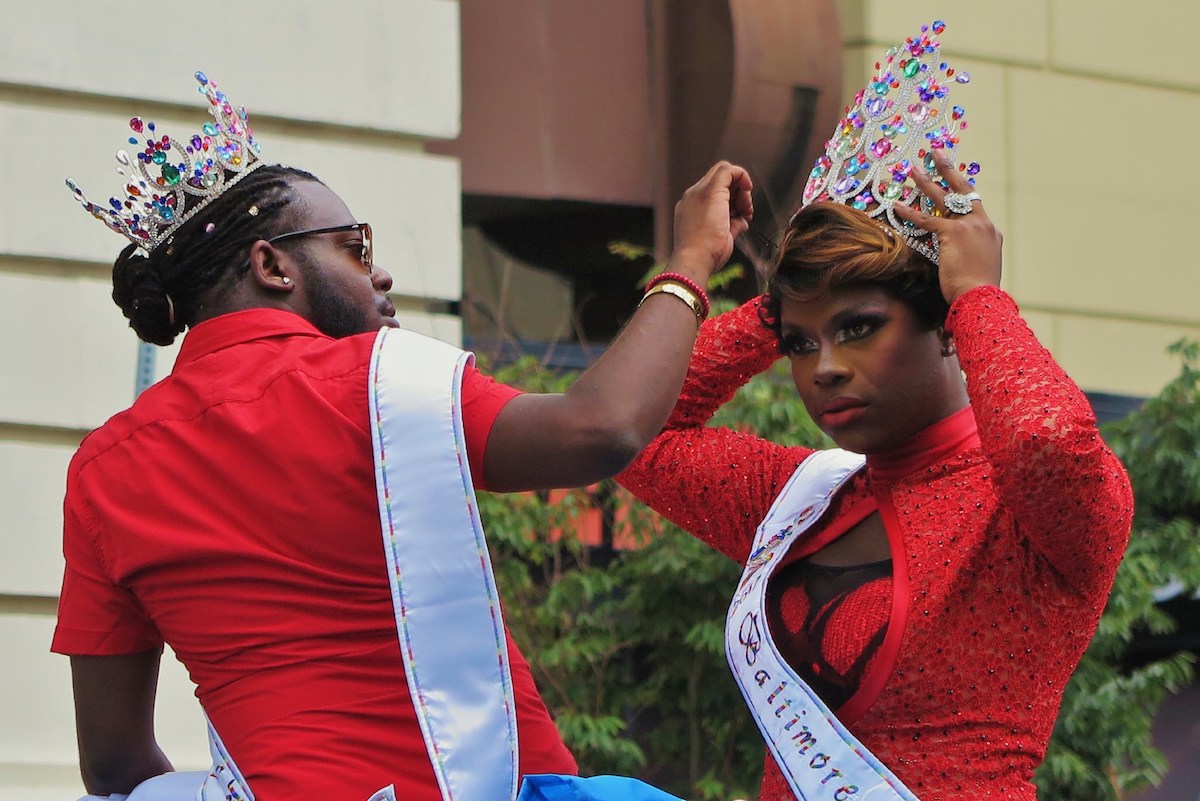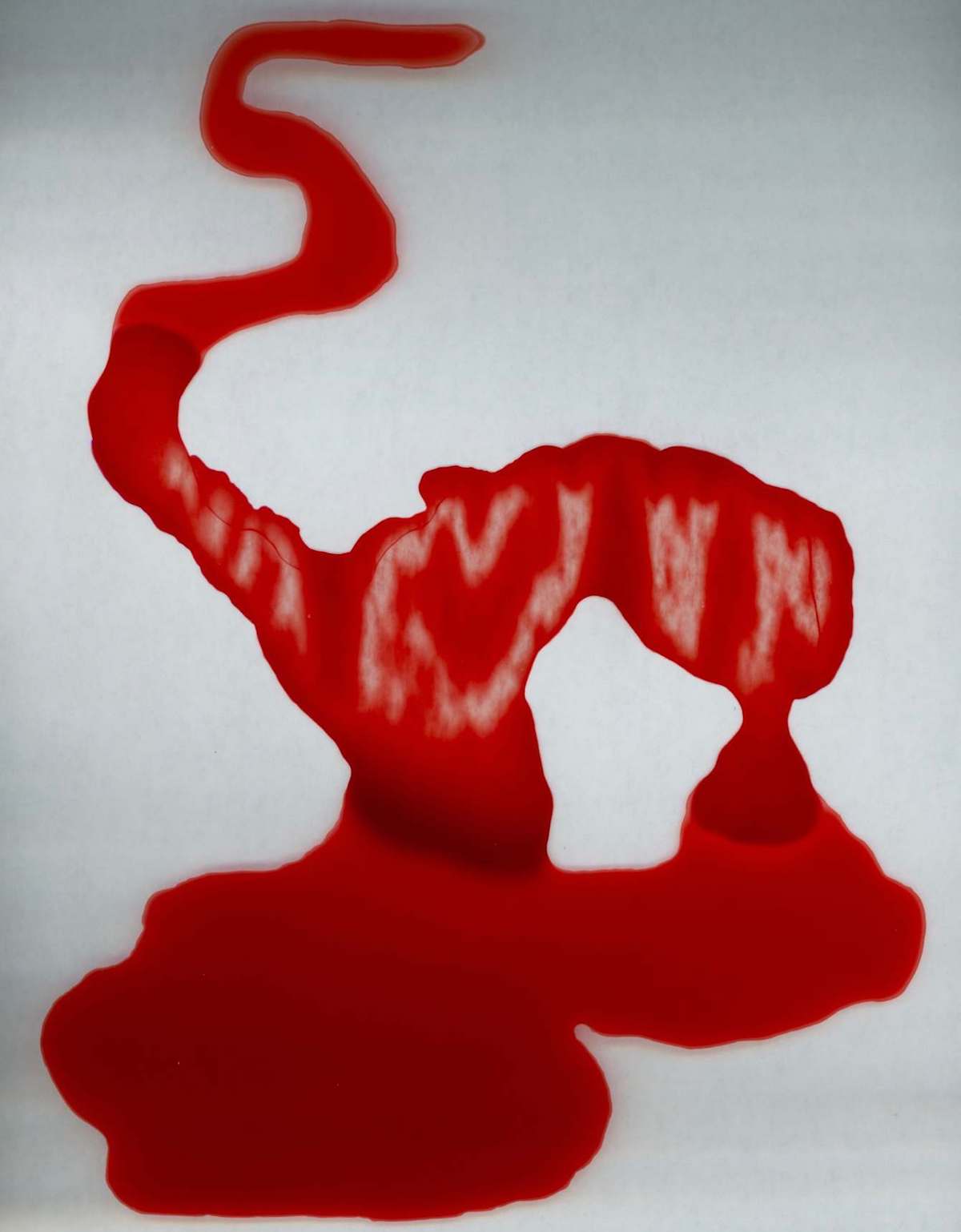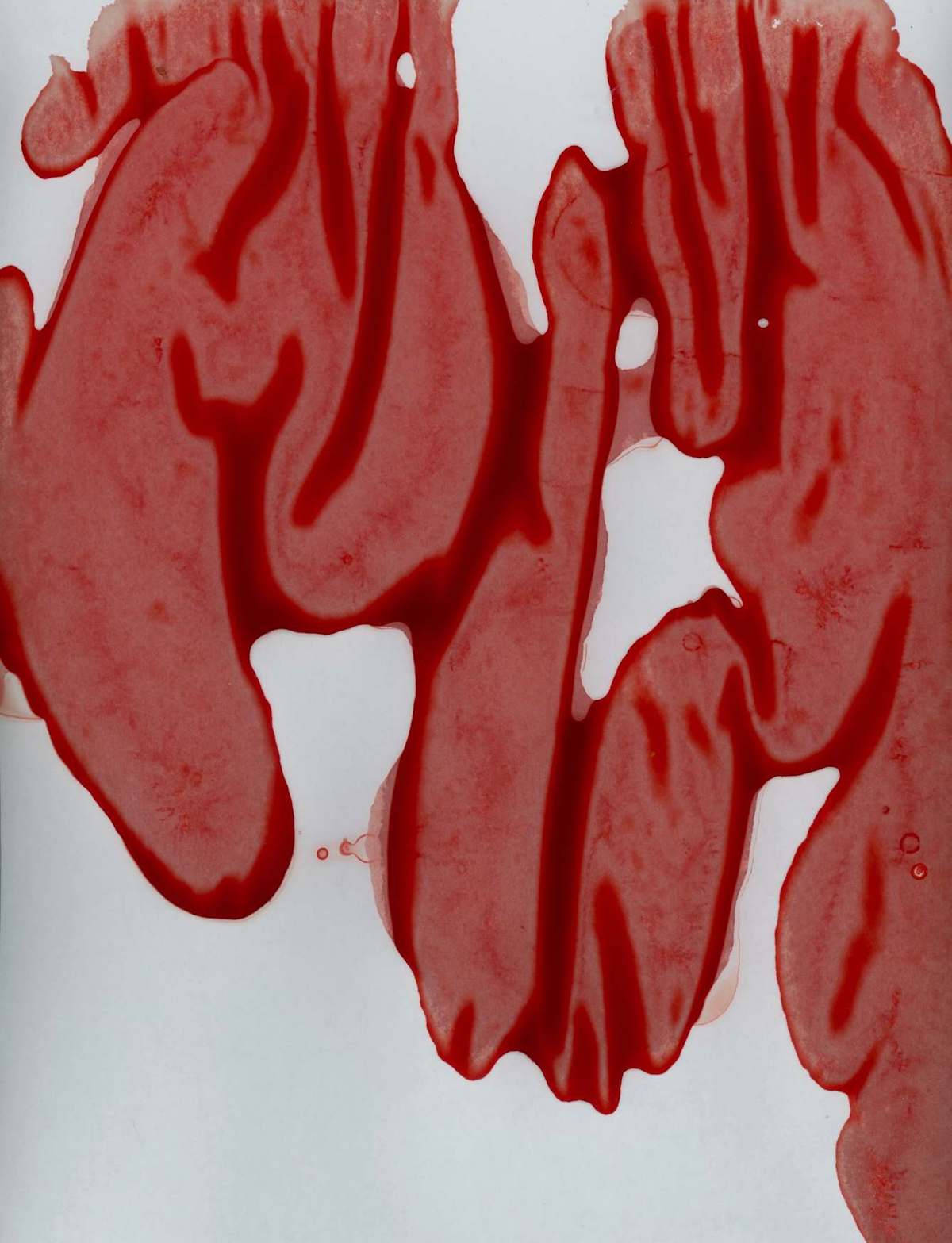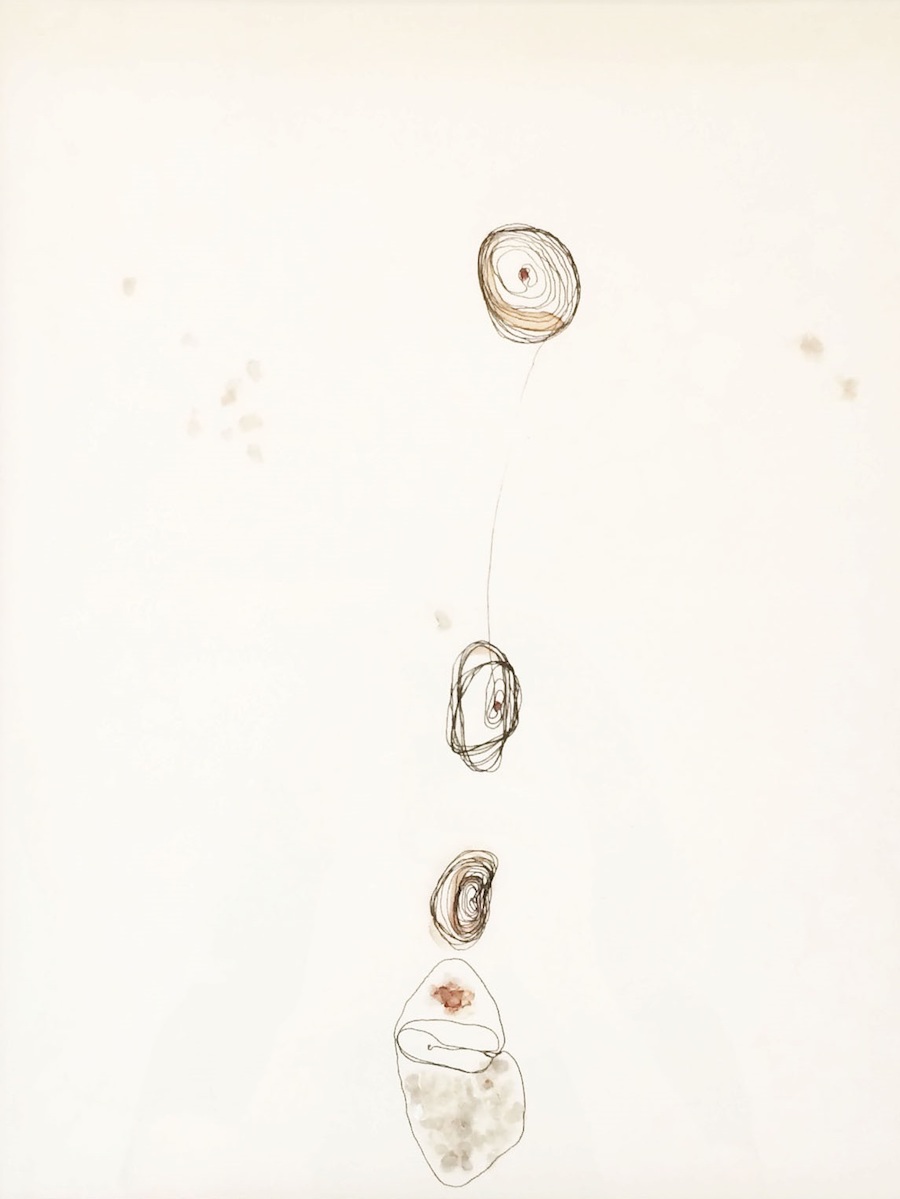Bloodlines at Transformer DC Review by Angela N. Carroll
Using blood to create art is not a new undertaking. Countless contemporary artists have employed this sanguine fluid to trigger societal fears, curiosity, or angst about its mysterious properties. My generation has become somewhat ambivalent about disease.
The advent of pharmaceuticals has loosened what should be lasting concerns about the transfer and contraction of illness. And yet, it is telling that when we think of blood, we inherently associate one of the primary means through which life is sustained with disease, instead of magic. Women’s relationships to their menses are especially shrouded. Many girls are brought up to believe that their virtue is indelibly connected to or marred by the processes of their bodies, and how well they hide those processes.
Bloodlines at Transformer DC curated by Martina Dodd features fine and performance artists who work with blood as a medium and metaphor for the familial, feminine and/or spiritual experiences all women encounter. Artists Lisa Hill, Tsedaye Makonnen, Samera Paz, Iman Person and members of the àjé collective, made up of queer Black trans-media artists, each honor, interpret and display their personal connections to blood, motherhood, women’s bodies and menstrual cycles.
Samera Paz
Artists Samera Paz and Iman Person use their own menstrual blood to create elegantly simple works. Paz experimented with a digital process, breaking from her traditional technique of painting with it on canvas. Blood is gathered though a private ritual and then placed between glass slides and scanned. The resultant prints, “Untitled 1” and “Untitled 2,” are copies of digitized blood stains.
Strangely, printing the blood scans onto high gloss paper sanitizes the medium, and renders a sterile, almost medical abstraction. It is difficult to image that the crimson splotches depicted in the two prints represent the artists actual menses. As a result, they are too easily overlooked and lost by its placement at the back corner of the small gallery. Despite their subtle nature, the power of Paz’s experiments rests in the artist’s own conceptual, personal processes invented in order to make the works.
“Once you scan you have to discard so there isn’t any physical residue left afterwards except for the photo,” Paz shared at the opening. “It’s about having no limitations and being completely open about the art. I realized that I don’t have to hate my body or be ashamed.”
Iman Person’s minimal ink and menses sketches are similarly entrenched in ritual and process. “My drawing process is very instinctual,” Person shared. “I move through making these drawings relatively quickly, while I meditate on poses that invoke a sense of ritual or contortion.” The Love/Sexed series of drawings (“Ritual 1”, “Ritual 2”, “Ritual 3”, and “Ritual 4”) each juxtapose clean ink lines with the occasional splatter or spot of menses blood to depict intimate and disembodied figurations.
“Rituals” 1 and 2 by Iman Person
In “Ritual 1,” a deconstructed body bends forward as if in prayer. The posterior of the figure is raised towards a circular celestial form in the sky. The genital region of the figure is tinged red, the same color of the form hovering above them.
“It has been said that the menstrual cycle is one of the great sacrifices,” Person said. “It brings me great pleasure to know that I have everything within my own self to give the gift of sacrifice back to the Earth and then to be renewed in turn.” The theme of sacrifice and reverence resonate in the individual drawings and as a collection.
References to blood are less overt in “Regeneration: 93 Days,” Lisa Hill’s massive pigmented raw flax and wax scroll. As the title implies, Hill replicates the natural skin shedding process human bodies undergo every 93 days, mirroring and augmenting the microscopic cellular occurrences of skin membranes.
Lisa Hill
By investigating daughter cells, the cells that result from the division of single parent cells during meiosis and mitosis, Hill ponders her own familial genetic inheritance and the cellular memories she will pass down to her daughters. Those traits will continue through the offspring of her daughters ad infinitum, until the bloodline spawns no more descendants. The 16 foot scroll symbolically summates the epic cellular continuities that occur and reoccur since time immemorial to perpetuate human existence.
“There is a lot of similarity between paper and skin. It’s fragile, it tears, it scars,” Hill offered. “Cells sometimes just reproduce exactly and sometimes they go off the charts and it is what we pass along in our bloodlines. I tried to strip it down to its essence. Paper has its origins in skin, and this paper-like feature is intentional.”
Tsedaye Makonnen and the aje collective offered powerful performances that recalled childbirth and the ancestral ties that connect women, the moon and menses cycles.
Makonnen created a theater piece that encouraged audience participation in the revisionist staging of her birth experiences. Dressed in floral prints and masked in gold leaf, Makonnen cut slits into the top of duck-tape pelvic bone sculptures and invited patrons to hold them atop their heads as she read excerpts from Audre Lorde’s Sister Outsider.
At the performance’s conclusion, patrons were asked to tip their heads, allowing hard candy and Hershey’s kisses to flow out of the pelvise sculptures and onto the gallery floor, presenting a beautiful and serene rumination on the experience of childbirth.
 “The Crowning” by Tsedaye Makonnen
“The Crowning” by Tsedaye Makonnen
“Each of us has divine reincarnations of love,” the video installation by the aje collective narrates. “There is a dark place within where hidden growing and bleeding our true spirit rises. These places of possibility within ourselves are dark because they are ancient and hidden.”
A small image of the sun expands as the narration continues to explain the antiquity and mysticism of women’s bodies. Adébukola oni, from the àjé collective, danced and recited a spoken word poem against the backdrop of the projected video.
“If what my mama says is true and I am made of stars, then why has my body been gutted like a dead fish?” She continued: “Every drop of blood is libation.” The video projection of the sun becomes the moon. Candles are lit and the gallery is yet again transformed into a ritualized safe space where the extension of oni’s body through dance and poem critically examines histories of shaming associated with women and their menses.
As an exhibit, Bloodlines oscillates between myth and science, introducing Transformer DC patrons to a collection of inspired works produced entirely by women, in reverence of female creative power and the bloodlines that reside within us all.

This is the last week Bloodlines will be on display at Transformer DC until June 24, 2017. Be sure to visit www.transformerdc.org for more info and visit the show before it closes this weekend.
Full Disclosure: Curator Martina Dodd is an occasional contributor to BmoreArt and her writing will be featured in our next print journal.
Images by Georgie Payne courtesy of Transformer Gallery.
Top Image by Samera Paz.












